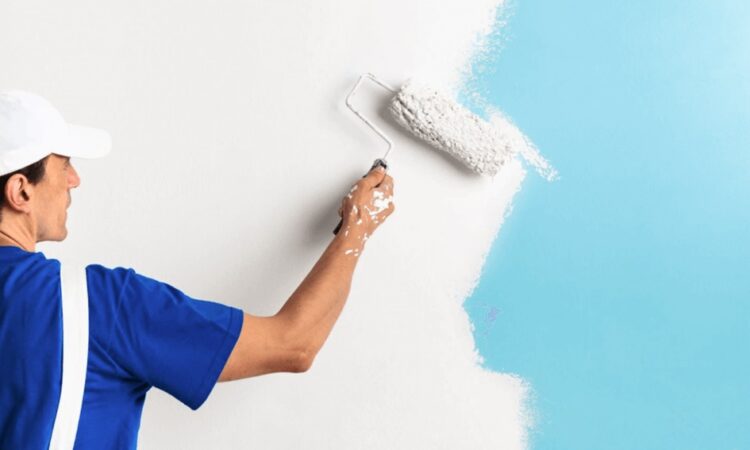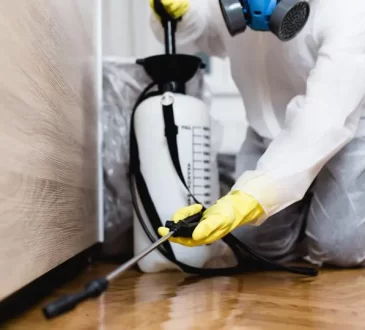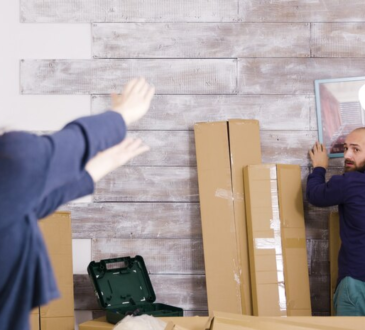
It’s recommended to wash the walls using a mild detergent solution on the day before painting. Soot and dust build up on the walls of cities, and greasy soot requires a cleaning solution that dissolves it.
Once the wall is cleaned and dried, you can smooth it out by filling the nail holes and other imperfections. Paint over the areas of plaster by applying a layer of paint you intend to use on the wall once the putty is dried. If you do not finish this part, drained spots may appear after you finish painting.
This is because putty absorbs paint differently, as it’s more porous than the painted surface. On the other hand, if you’re painting the wall in a different color but painting only two coats of paint, you won’t require a third coat for the areas of plaster.
Why is it necessary to safeguard surfaces?
If you protect the surfaces of the painting area, you’ll get an attractive outcome. This is among the most crucial steps to take while painting, and it could take up to half an hour to complete. Setting aside more time to protect surfaces rather than painting is recommended.
Make sure to mask the circuit breakers, moldings, and electrical outlets using masking tape before beginning to paint. Also, protect your floors using a piece of protective paper or cardboard.
How do you properly apply the paint to the wall?
The painting itself consists of three phases:
- Masking
- Spreading the paint
- The evening is here
Begin by masking the edges of walls and ceiling borders using tape. Then, paint over the edges of the tape using a brush.
The next step is to roll the roller using the extension pole evenly into the tray for painting and then place it on the wall.
Newbies’ most common error is needing more tough on their roller, which makes the result streaky. There is enough paint on the roller that you don’t need to push, but let it take care of the work. It could begin to drip if you’ve got too many paints within the roll.
House interior wall painting allows you to express your personal style and create a visually engaging environment, from relaxing pastel hues that promote tranquility to bold colors that stand out.
Right-handed people should start on the left and move towards the right. If you’re left-handed, do the opposite. This way, you’ll be leaving the moist paint-stained surface behind. Spread a large amount of paint over the wall using an edging roller in a zigzag style, beginning at the sides. It should not be on the center of the wall, as seen in advertisements.
Keep doing this consistently for approximately an inch at a. When you move the roller around in different directions, you’ll be able to apply the paint evenly to the wall. There must be more paint if you push too hard with your roller.
How can you get an even outcome?
As an experienced professional, I paint a complete wall at once. However, for beginners, I suggest spreading the paint about a meter at a time and then sanding it down by rolling it from the top to the bottom. There is no need to apply more paint or move the roller; it will take care of the task for you.
Be constant at this point. Be careful not to smooth out the paint across both directions and only work from the top upwards. In certain instructions, it is recommended to level out the paint from the bottom; however, it makes the task more difficult and heavier. The roller is lowered with its weight if you apply your work from a top.




